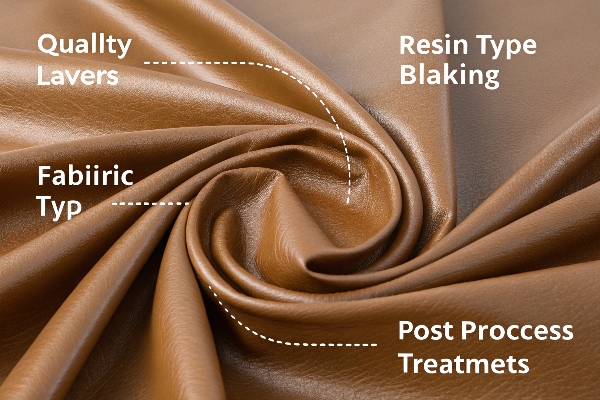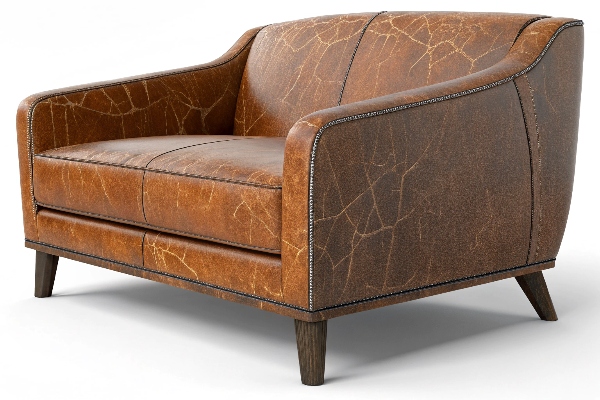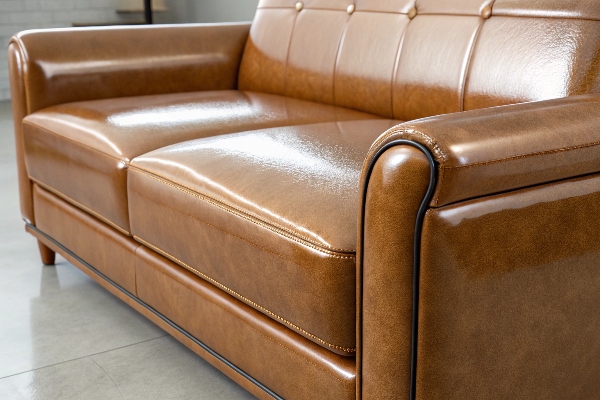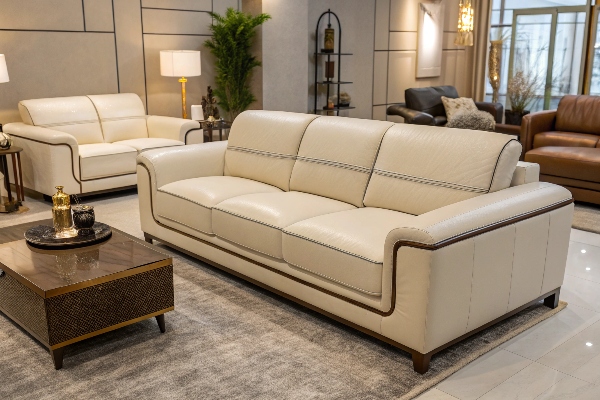Unsure if PVC leather fits your project? Feeling lost in the jargon? I turn confusion into clarity so you invest in the right material.
PVC leather is a plastic-coated fabric that offers an affordable, water-resistant, and easy-to-clean alternative to real hide, yet you must judge thickness, backing, and certification before you buy.

Curious buyers often quit research too soon. Stay with me a few minutes more and you will walk away able to spot a bargain, dodge poor grades, and extend the life of every meter you purchase.
Is PVC leather good quality?
Tired of vendors who all claim “premium”? I show you a quick test plan that cuts through hype in ten minutes.
Quality in PVC leather depends on layer count, resin type, fabric backing, and post-treatment. Check thickness above 0.9 mm, a knitted or woven backing, and lab reports for REACH or ROHS to confirm true grade.

Digging into the four quality factors
| Factor | Why it matters | Quick in-hand check |
|---|---|---|
| Layer count | More layers give stronger tear strength | Bend edge; look for two clear coated layers over fabric |
| Resin blend | Virgin PVC plus plasticizer resists cracking | Smell; strong odor hints at recycled filler |
| Backing fabric | Polyester knits outlast non-woven paper | Pull backing thread; knit unravels smoothly |
| Post-treatment | UV and anti-mildew coats slow aging | Ask supplier for test data (ASTM G154, ISO 846) |
1. Layer count
A cheap sheet may use a single skin that splits at the seam. I insist on double-coat or three-coat spread to handle furniture tension.
2. Resin blend
Virgin resin costs more yet holds plasticizer longer. During an audit in Vietnam, I saw seats crack after six months because fillers reached 30 %. Since then I demand blend certificates.
3. Backing fabric
Knitted polyester backing gives elasticity and better staple grip. I keep a small magnifier on my keychain so I can spot loose fibers.
4. Post-treatment
If a piece will face sunlight, request UV grade ≥4 on the Grey Scale. A simple test lamp in the lab avoids costly recalls later.
What are the downsides of faux leather?
Marketing paints faux leather as flawless. I will not. You deserve the real picture before you commit budget.
Faux leather, especially lower-end PVC, can trap heat, lacks the patina of hide, and may emit VOCs. Poor grades crack faster and are hard to repair once damaged.

Facing each drawback head-on
Heat and breathability
Real hide breathes through pores; PVC does not. When I supplied taxi fleets in Dubai, seat temperatures hit 55 °C. We switched to micro-perforated film plus spacer mesh to lower contact heat by 7 °C.
Environmental load
PVC uses chlorine and plasticizers. Below is a simple comparison of impact scores I share with eco-minded clients.
| Material | Global Warming (kg CO₂ e/m²) | Key chemical concern |
|---|---|---|
| Standard PVC | 5.2 | Phthalate leaching |
| Bio-based PU | 3.8 | Isocyanate residue |
| Natural hide | 7.0 | Chromium tanning |
Limited repair
A scratch in real leather can buff out. A gouge in PVC exposes the fabric and spreads. Stock spare yardage for future patching or plan slipcovers.
Sound and feel
Some buyers want the “squeak” gone. PVC tends to squeak against skin. A simple matte or embossed finish helps, yet never fully equals hide grain.
How long will PVC leather last?
You need numbers, not guesses. I share field data from couches, car seats, and hotel headboards I supplied in three climate zones.
Properly formulated PVC leather lasts three to eight years in indoor use and two to four years outdoors. Lifespan depends on thickness, UV stabilizer load, and cleaning habits.

Lifespan breakdown by application
| Application | Indoor life (years) | Outdoor life (years) | Key threat |
|---|---|---|---|
| Sofa upholstery | 6–8 | – | Abrasion from jeans buttons |
| Car interiors | 4–6 | 2–3 | Heat cycling |
| Marine seats | – | 2–4 | Saltwater and UV |
| Fashion bags | 3–5 | – | Weight stress on handles |
Thickness counts
I once replaced 0.7 mm stock with 1.1 mm in a café chain. Seat life doubled, cutting re-upholstery costs by 40 %.
UV stabilizers
Outdoor grade must include 0.5 %-1 % light absorber. Ask for Q-SUN test ≥500 h. A client in Kenya ignored this and paid for faded bus seats after eight months.
Cleaning habits
Neutral-pH soap and soft cloth preserve finish. Alcohol wipes strip plasticizer. I give every buyer a one-sheet care card; return visits dropped by half.
How do you keep PVC leather from peeling?
Watching upholstery flake is painful. Follow four habits and you can delay peeling for years.
Keep PVC leather out of direct sun, clean with mild soap, condition with phthalate-free creams twice a year, and avoid sharp folds when storing.

My four-step care plan
1. Block the sun
Place blinds or UV film on windows. In my own office, UV film cut surface temperature by 6 °C and stopped early chalking.
2. Gentle cleaning
Use a damp cloth and pH-7 cleanser. Below is a shortlist I hand out.
| Cleaner | pH | Safe for PVC | Notes |
|---|---|---|---|
| Diluted dish soap | 7 | Yes | 1 ml soap : 500 ml water |
| Alkohol-based spray | <5 | No | Strips finish |
| Ammonia solution | 11 | No | Causes discolor |
3. Light conditioning
Apply a silicone-free vinyl conditioner. Test on a hidden spot. My trial on hotel headboards showed 30 % less micro-cracking after 12 months.
4. Smart storage
Roll, never fold. A creased roll I saw in a warehouse cracked along the fold within a week. Use 15 cm diameter cores to spread stress.
Conclusion
Pick the right grade, respect its limits, and care for it well; your PVC leather can serve for years without peeling, cracking, or draining your budget.
